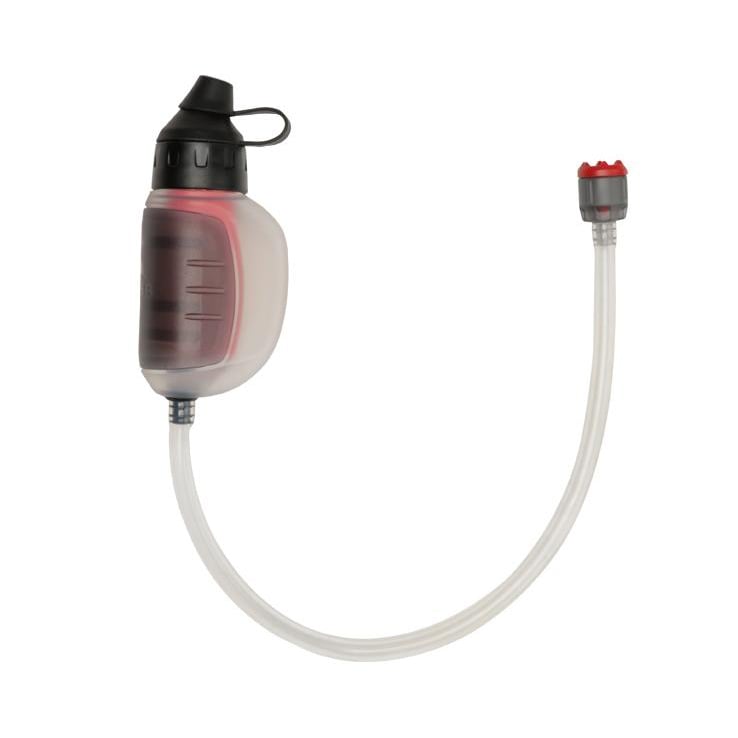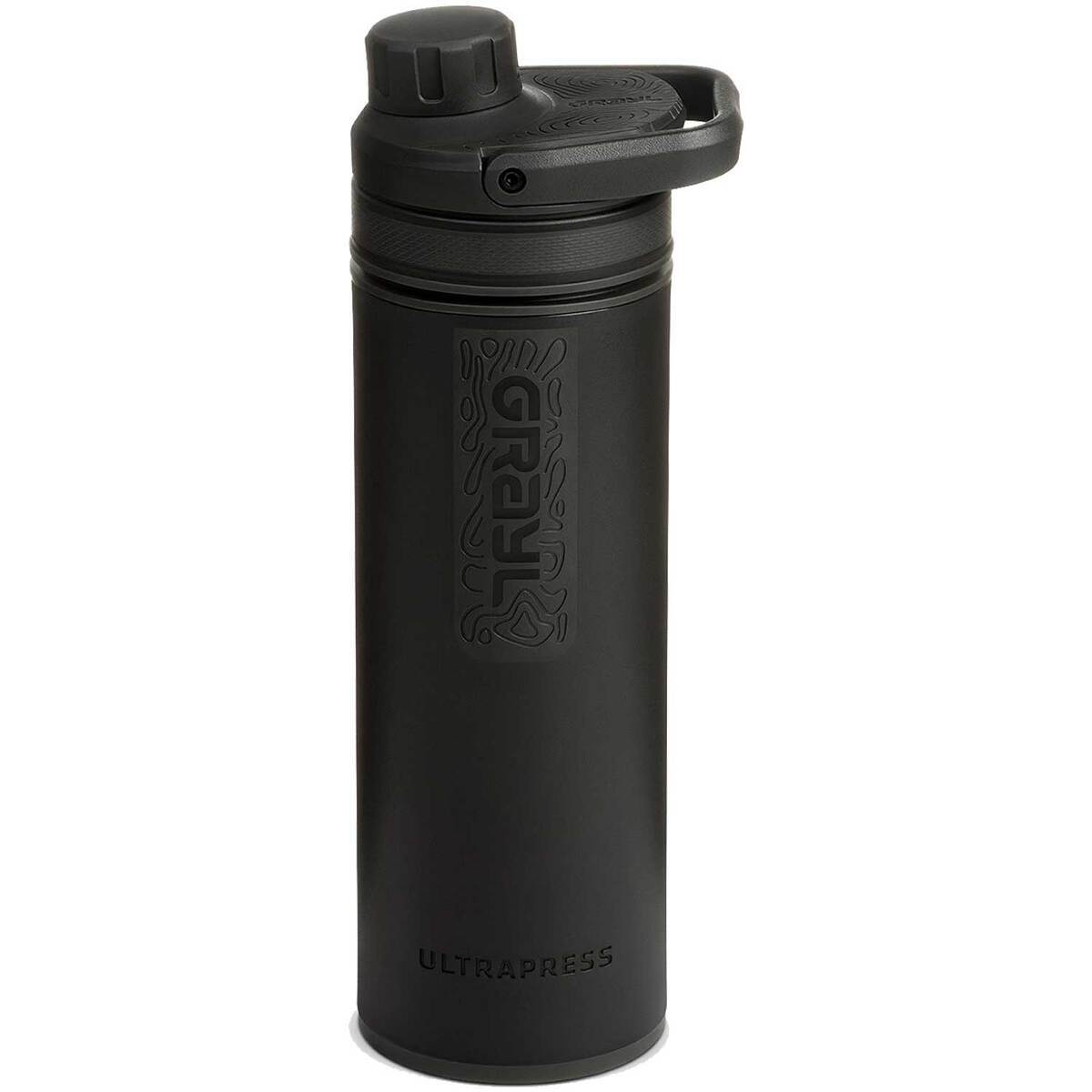Good thread!
I can relate. I did The Assault on Mt Mitchell in the early 90's. It's a 100-mile bicycle ride from Spartanburg, SC to Mt Mitchell, NC. Known as one of the most grueling races anywhere, and has about 10,000 feet of climb.
This was before internet and cell phones, so none of us were aware of the impending doom. I think it was May, or maybe March. Anyway, started out as a beautiful sunny day, and got into the 70's. Everyone is wearing the same spandex biker gear.
We get to the summit, celebrate a little, and it starts to rain. Then, the wind picks up. Then, the temperature drops to about 40.
Here we all are, in the exposed parking lot, on top of the highest point east of the Mississippi, with no shelter. Cold, wet and no way to do anything, other than huddle for warmth. There were several hundred of us up there.
A couple of busses came and took some people back down, but the busses never returned, as they were supposed to.
A couple ambulances and firetrucks came and rescued the the most serious cases. I remember people fighting and screaming, trying to get on the bus. Some parts are blurry, as I was experiencing bouts of euphoria and complete agony, along with hallucinations.
Sometime after dark the National Guard came and started bringing us down to a lodge a few miles from the summit. We spent a few hours there and then school busses came and brought us back to Spartanburg, around 2am, IIRC.
I was in the window seat over the rear axle, so my 6'-5" body had my knees in my face. Very uncomfortable. The guy in front of me gets up to vomit, gets the window partially open and let's it fly. I dove over my brother and landed in the aisle, and most of it hit the girl behind me, who began screaming and didn't stop until we got off the bus.
Tough lesson learned. I do things differently now, because of this and other experiences.
Anyone else there, or remember this?









